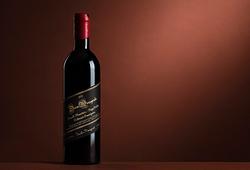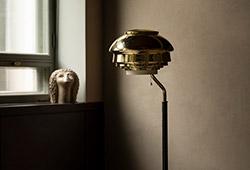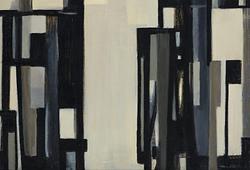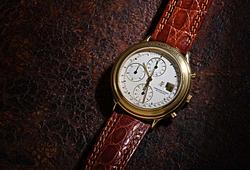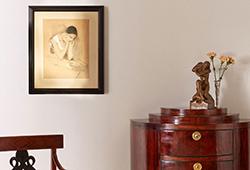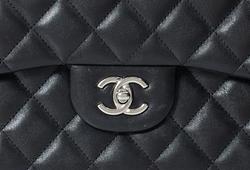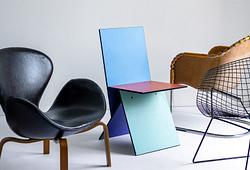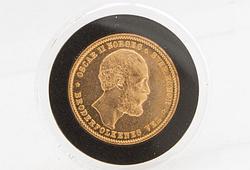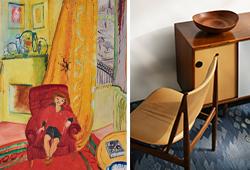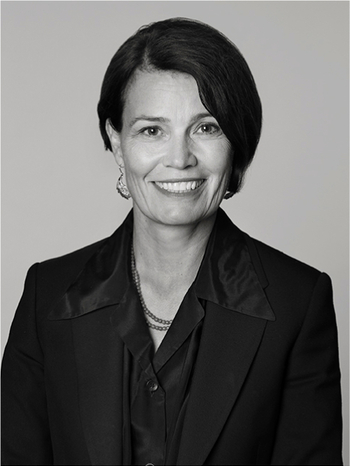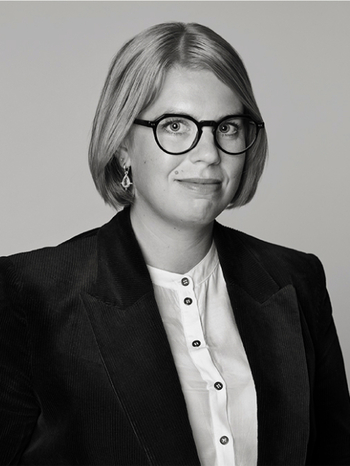Estonian Art in Focus: Rising Demand and Growing Market
Bukowskis is seeing high prices for works by Estonian artists and an increasing demand for Estonian art. Particularly for modern works by Konrad Mägi, Endel Kõks, Jüri Arrak, Eduard Wiiralt, Eerik Haamer, Edgar Valter, Richard Uutmaa, and Märt Laarman.

Estonian Art and its European Roots
In the first half of the 20th century, Scandinavian and Baltic artists played a crucial role on the international art scene. They actively participated in major international exhibitions and institutions that emerged in Central Europe. Many of these artists returned to their home countries from cultural metropolises like Paris and Berlin, which often meant they were not included in the narrative of European avant-gardists, despite their significant impact in their respective homelands.
In Estonia, several artistic movements were born, influenced by international currents such as symbolism, cubism, and expressionism. The most prominent of these was the group Noor-Eesti (Young Estonia), which formulated a visionary desire to unite national identity with European culture. Their slogan was:
"More culture! More European culture! Let us remain Estonians, but let us also become Europeans."
After the Russian Revolution of 1905 and subsequent political upheavals, many members of the group dispersed, and several went into exile. One of them was Konrad Mägi, who later became one of the founders of the influential artist group Pallas in 1918. Pallas was not only an artistic movement but also established an art school in 1919, challenging the traditional academic art education in Estonia. The school fostered prominent artists, including the graphic artist Eduard Wiiralt. The building of the school was destroyed during street fighting in Tartu in 1944.

Another important group during this period was the Estonian Artists (Eesti Kunstnikkude Rühm), a cubist and constructivist movement founded in 1923, which included artists such as Märt Laarman. Their groundbreaking work, including the publication UUE Kunsti Raamat (The Book of New Art) in 1928, was strongly influenced by international movements such as L'Esprit Nouveau and purism. Unfortunately, the group was disbanded in 1940 during the German occupation, and Estonia’s art scene would soon come to be dominated by the political currents from the Soviet occupation in the 1940s.
Despite Soviet repression and strict rules on artistic freedom, the Estonian artistic tradition continued to evolve and inspire. Many artists used subtle symbols and hidden messages to express their resilience against the political system. This period is known for its artistic resistance, where both older and younger generations of artists fought to preserve and renew their culture through art.

We are Seeking Estonian Art for Upcoming Auctions
In recent years, Bukowskis has achieved high auction results for works by Estonian artists and has seen a growing demand for Estonian art. We are now looking for Estonian works for our upcoming auctions by artists such as:
Konrad Mägi, Endel Kõks, Jüri Arrak, Eduard Wiiralt, Eerik Haamer, Edgar Valter, Richard Uutmaa, Märt Laarman, Raul Meel, Evald Okas, Paul Allik, Ants Murakin, Vive Tolli, and Kaljo Põllu, among others.
Contact us today – our specialists are happy to assist with valuations ›

Upcoming auctions
Live auctions
Contemporary Art & Design
Live auction: 15–16 April 2025
Read more about the auction
Modern Art & Design
Live auction: 20–21 May 2025
Read more about the auction
Important Spring Sale
Live auction: 11–13 June 2025
Read more about the auction
Online auctions
Helsinki Spring Sale
Auction online: 23 May – 1 June 2025
Read more about the auction
Themed auctions
Estonian Art
Auction online: 17–26 October 2025
Top listings Estonian art

Hammer price
175 000 SEK
Estimate
80 000 - 100 000 SEK

Hammer price
145 000 SEK
Estimate
80 000 - 100 000 SEK
Contact our specialists for a valuation

Helsinki
Johan Wulff
Head Specialist art, prints and photography
+358 (0)50 410 1377




